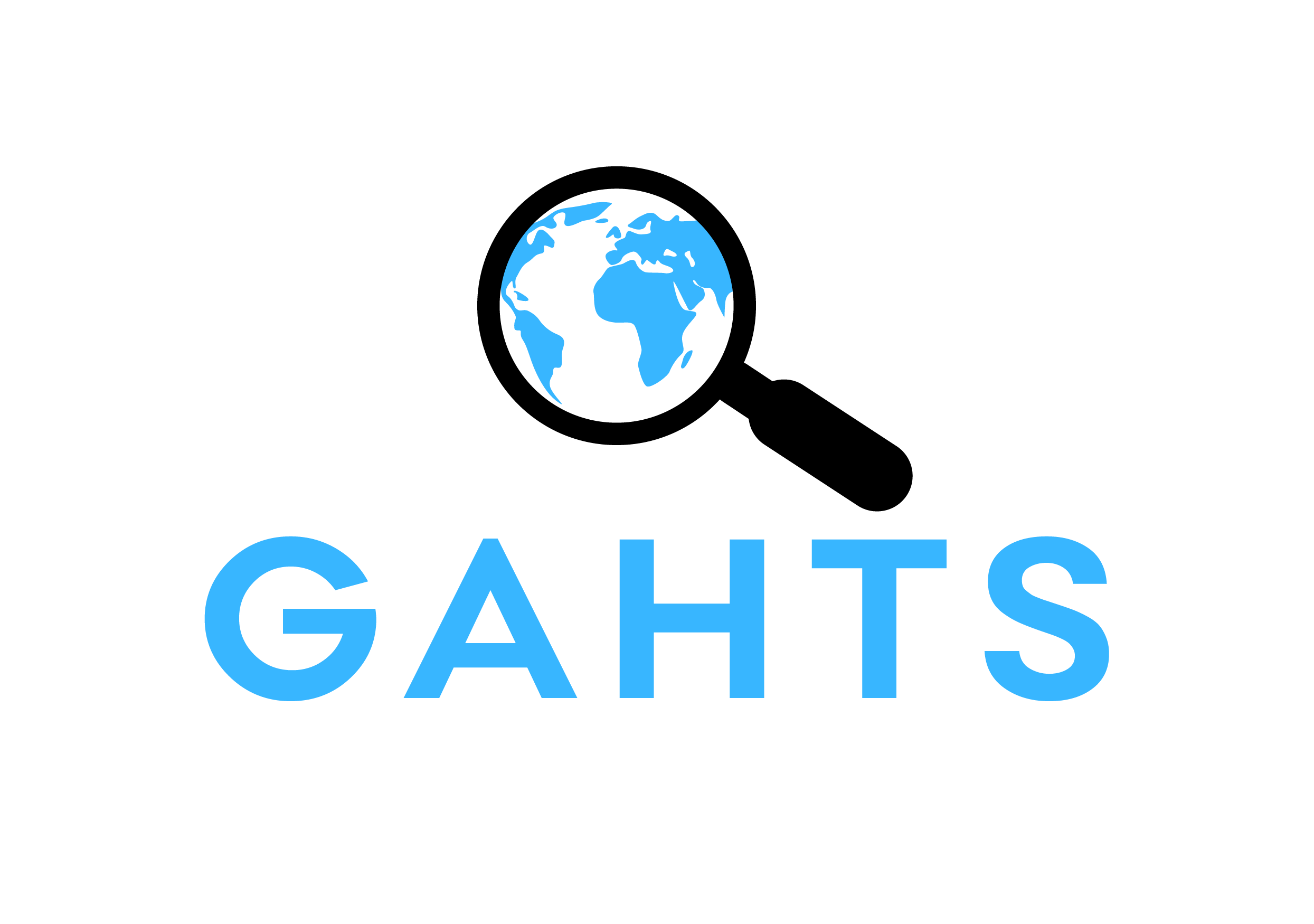“When Her Visa Expired, the Family Refused to Renew It,” Intersections of Human Trafficking and Domestic Violence: Qualitative Document Analysis of Case Examples from a Major Midwest City
Author: Koegler, Erica; Howland, Whitney; Gibbons, Patric; Teti, Michelle & Stoklosa, Hanni
Abstract: This study aimed to further understand typologies of trafficking that occur in the home, by an individual’s intimate partner (IP) or family members and this overlap with extant knowledge on perpetrator manipulation via the Power and Control Wheel. Inductive and deductive techniques were used to analyze secondary data from a federally funded anti-trafficking program in a Midwest metropolitan area recorded between 2008 and 2017. Cases were included if there was indication of sex or labor exploitation initiated by an IP, family member, or other in the domestic setting via elements of abuse; 59 cases of 213 met this criteria. Most cases included the IP as the trafficker, followed by family members, then others in the domestic setting. Abuse was more commonly used than the threat of abuse. From the Power and Control Wheel, the most frequent types of abuse were using privilege, physical abuse, economic abuse, isolation, and sexual abuse. Case typologies included: those with elements of sex trafficking, specifically forced commercial sex by an IP or family member; those with elements of labor trafficking such as domestic servitude (with or without childcare provision abuse), exploitation in a family business by an IP or family member, or work environments by family and non-family; those with elements of sex and labor trafficking included servile partnerships and forced marriage. Trafficking exploitation by an IP, family member, or in the domestic setting is not uncommon. Intimate relationships with a trafficker, psychological coercion, and threats may reduce reporting of abuse, subsequent provision of services, and result in misclassification as victims of IP violence. This study sheds light on various typologies of trafficking and exploitation in the domestic setting, further expanding the anti-trafficking movement’s evidence base for intervention and prevention and adding complexity and nuance to the pathways to trafficking exploitation.
Keywords: domestic violence, family issues and mediators, child abuse, prostitution/sex work, violence exposure
